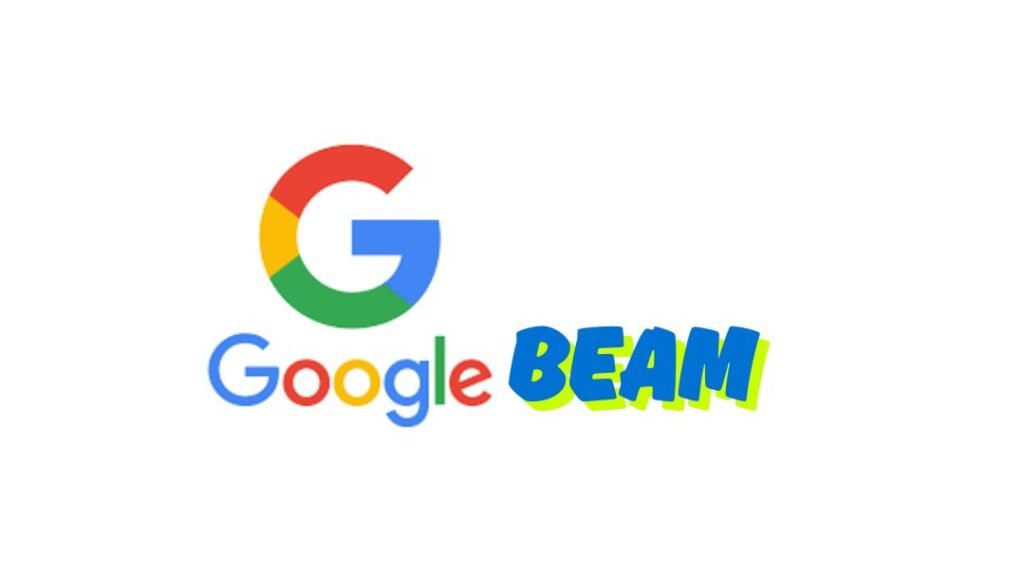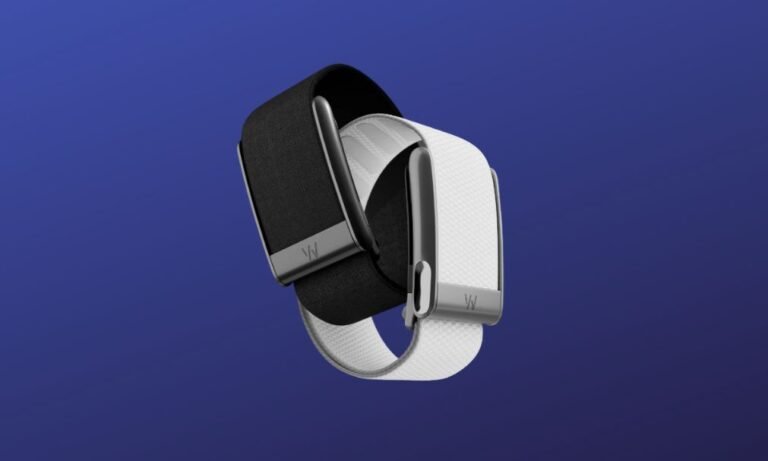Google Beam Transforming the Future of Data Sharing and Connectivity

In the ever-evolving world of digital technology, where seamless communication and data transfer are paramount, Google Beam emerged as a powerful innovation aimed at simplifying how users share content between devices. Initially introduced as part of Android’s sharing ecosystem, Google Beam represents a significant leap in peer-to-peer connectivity. This article explores what Google Beam is, its history, how it works, its advantages and disadvantages, its eventual phase-out, and the modern alternatives that continue its legacy.
What is Google Beam?
Google Beam was a feature introduced by Google in Android 4.0 (Ice Cream Sandwich) that allowed users to share content wirelessly between two Android devices by simply tapping them together. It utilized Near Field Communication (NFC) technology to establish a connection and initiate the transfer of data. Once the connection was established, Beam could use either NFC or Bluetooth to complete the data transmission, depending on the file type and size.
Google Beam was designed to make sharing content—such as web pages, contacts, directions, and videos—easier and faster. Its intuitive design removed the need for complicated menus or pairing procedures.
The History and Evolution of Google Beam
Launch and Initial Reception
Google first introduced Beam in 2011 as a standout feature of Android 4.0. At that time, mobile technology was quickly advancing, and NFC was gaining traction as a cutting-edge solution for short-range communication. Beam stood out for its user-friendly nature. All users needed to do was place two Android phones back-to-back, and a prompt would appear to transfer the data.
Though praised for its simplicity and novelty, Beam initially struggled to gain widespread adoption. One major limitation was that both devices needed to support NFC—a technology that, while innovative, was not yet standard on all smartphones.
Beam’s Integration and Expansion
Over time, Beam was integrated into more Android devices as manufacturers adopted NFC. It expanded to support a wider range of file types, and Android developers were encouraged to include Beam functionality in their apps. With Android 4.1 (Jelly Bean) and subsequent updates, Google refined Beam’s performance and added support for larger files by using Bluetooth as a fallback when NFC was inadequate.
Despite these improvements, Beam faced competition from other data-sharing methods, such as cloud-based services (Google Drive, Dropbox), email, and Bluetooth. Users often preferred these alternatives because they didn’t require physical proximity.
How Google Beam Works
Google Beam worked by utilizing a combination of NFC and Bluetooth technology. Here’s a step-by-step explanation of how the process functioned:
- NFC Initiation: Two devices equipped with NFC and Beam enabled are brought into close proximity, usually back-to-back.
- Handshake Protocol: NFC creates a handshake between the two devices, recognizing the intent to share data.
- Bluetooth Handoff (if needed): If the file is too large for NFC alone, Beam uses the NFC signal to initiate a Bluetooth connection, enabling larger files to be sent.
- Data Transfer: The content is transferred wirelessly. Users receive a prompt to confirm the transfer, and the receiving device accepts and stores the data.
This seamless process made it possible to share various types of content, including:
- URLs
- Contact cards (vCards)
- Photos and videos
- Maps and directions
- App content
Features and Benefits of Google Beam
Although Beam was eventually phased out, it offered several noteworthy features that paved the way for modern data-sharing methods:
1. Ease of Use
One of Beam’s most attractive features was its simplicity. Users didn’t have to navigate through menus or connect via complex settings—just tap and share.
2. Cross-Application Compatibility
Beam was integrated across different Android apps, allowing users to share diverse types of content with minimal effort.
3. No Internet Required
Beam did not rely on Wi-Fi or mobile data, making it ideal for sharing content in areas with poor or no internet connectivity.
4. Secure and Quick
Since it used NFC, the devices had to be physically close, minimizing the risk of unauthorized interception. The connection was direct and usually quicker than pairing Bluetooth devices manually.
Limitations of Google Beam
Despite its innovations, Beam had several shortcomings that limited its widespread use:
1. Device Compatibility
Beam required both devices to have NFC and Android 4.0 or above. This significantly reduced its usability in mixed-device environments or on older smartphones.
2. Proximity Requirement
Devices had to be extremely close—usually touching—which wasn’t always convenient, especially with larger phones or cases.
3. Slow Transfer Speeds
While Beam was suitable for small files and URLs, it was not ideal for transferring large files quickly. Even with Bluetooth as a backup, the speed was considerably slower than Wi-Fi-based solutions.
4. Lack of Awareness
Many users were unaware of Beam’s capabilities, and it was underutilized due to poor promotion and inconsistent performance across devices.
Why Google Phased Out Beam
In 2019, with the release of Android 10, Google officially deprecated Google Beam. The decision was based on multiple factors:
- Declining Usage: Data showed that Beam was not widely adopted by users.
- Performance Issues: Beam could be inconsistent, especially on devices from different manufacturers.
- Emergence of Superior Alternatives: Google prepared the way for a more robust and efficient replacement—Nearby Share, which addressed many of Beam’s limitations.
The Successor: Nearby Share
To replace Google Beam, Google introduced Nearby Share in 2020. This feature uses a combination of Bluetooth, Wi-Fi Direct, and peer-to-peer protocols to provide a more reliable and faster way to share files. It supports both Android and Chrome OS devices and offers several improvements over Beam:
Advantages of Nearby Share:
- Works over greater distances than NFC
- Automatic connection protocol selection (Wi-Fi, Bluetooth, WebRTC)
- High-speed file transfers
- End-to-end encryption
- Device visibility controls
Nearby Share marked a significant upgrade, retaining Beam’s ease of use while eliminating its technical limitations.
Google Beam in Retrospect
Although Beam is no longer active, its contribution to mobile technology cannot be overlooked. It was one of the first mainstream attempts to integrate NFC into everyday use cases. More importantly, it laid the groundwork for future sharing innovations, including Google Pay (which uses NFC) and the aforementioned Nearby Share.
The concept of “tap to share” lives on in many modern technologies, even outside of smartphones. From smartwatches to contactless payment systems and smart home devices, the influence of Google Beam’s approach to connectivity is undeniable.
Beam Technology in Other Ecosystems
Other tech giants also explored similar features:
- Apple’s AirDrop: Perhaps the most successful peer-to-peer sharing tool, AirDrop uses Wi-Fi and Bluetooth to allow seamless file sharing across Apple devices.
- Samsung’s S Beam: A variant of Google Beam, S Beam used Wi-Fi Direct for faster data transfer between Samsung devices.
- Huawei Share: A similar function in Huawei phones, offering fast file transfer over Bluetooth and Wi-Fi.
Each of these technologies reflects the same foundational idea—intuitive, direct sharing between devices without relying on the internet.
The Legacy of Google Beam
Even though it didn’t become a household name, Google Beam’s role in the evolution of device communication is significant. It helped mainstream the concept of wireless sharing at a time when most users still relied on USB cables or cloud uploads. It was a stepping stone toward a more connected, wireless future.
As users increasingly demand faster, more secure, and user-friendly data-sharing options, Beam’s early adoption of NFC and short-range communication remains a pivotal chapter in Android’s development story.
Conclusion
Google Beam may no longer be a feature on modern Android devices, but its influence is still felt today. As one of the first features to leverage NFC for casual, everyday data sharing, Beam represented a bold step toward a wire-free world. While it had its limitations, it served as the foundation for more powerful tools like Nearby Share and inspired similar innovations across the tech industry.





